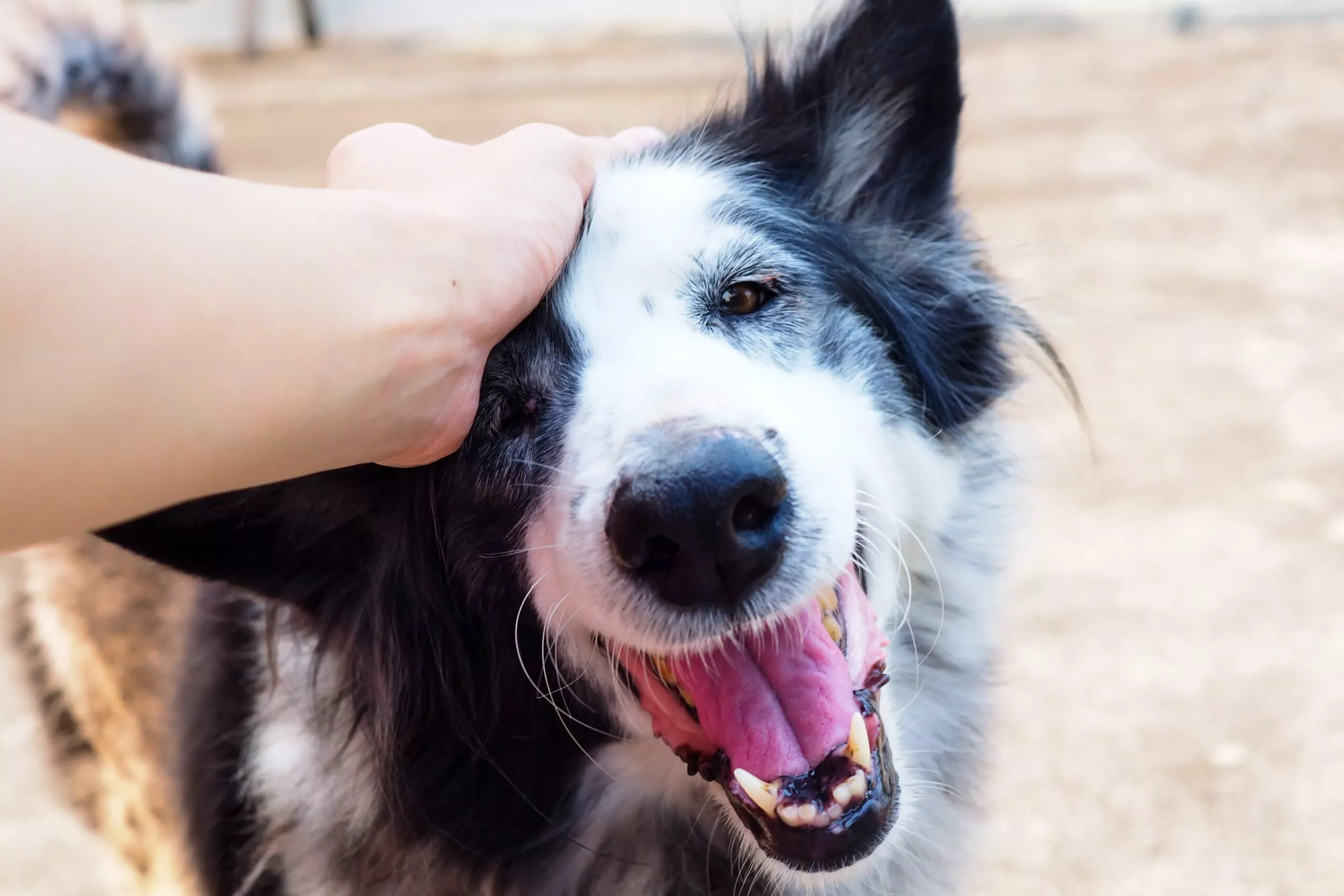Welcome to the Tree’s Pet Care blog! We’re your Fredericton pet care professionals, and our blog will be a space where we delve into the world of animal care, discuss the latest in animal care news, and dive into tips and tricks for pet care!
In this very first piece of ours, we’ll be diving into the importance of positive reinforcement in dogs and the negative effects of aversives like shock collars – and we’ll make our stance clear from the get: At Tree’s Pet Care, we firmly believe in the importance of fostering a safe and positive environment for our beloved animal companions and do not use any aversives or other fear-based methods with our own pets and with the pets in our care. We encourage people to seek alternatives to aversives.
We are bound by our certification through the Professional Animal Care Certification Council to use positive reinforcement in our daily interactions with dogs and other animals.
When animals are in our care (be it dog walks, overnight care, check-ins, etc.) we will not use aversives, even if this is something that our clients use. This is an ethic that we stand behind and it is also a stipulation in maintaining our certification. We want to start off our relationship with your pet using kindness and compassion. We ask that clients respect our wishes!
Now, join us as we dive deeper into what aversive techniques are and why we think positive reinforcement is the ultimate training tool. We’ll also give you some tips on positive reinforcement to try with your own pets! Let’s get into it:
Understanding Aversive Devices and Techniques
To start, let’s examine aversive devices and techniques. Aversive devices, such as shock, prong, vibration, and choke collars, as well as aversive techniques like shouting, scolding, and physical force, have been traditionally used to change unwanted behaviour in animals – particularly with dogs.
However, these methods primarily rely on fear and discomfort, which can potentially cause physical and/or emotional distress to our furry friends.
Sometimes aversive techniques come from a place of frustration or fear –fear of loosing the pet, or a dog’s reactivity with other dogs/people etc. It happens – and this piece isn’t coming from a place of judgement, but rather from a place of education. In the end, we all want our pets to be happy and safe.
Negative Effects of Aversives on Animal Welfare
It’s important to consider the negative effects of aversive techniques on animal welfare. These methods can have both immediate and long-term consequences, causing physical and psychological harm to our beloved companions.
Not only do aversives compromise their well-being, but they also risk damaging the trust and bond between humans and animals, hindering effective communication and cooperation.
The Power of Positive Reinforcement
Now, let’s shift our focus to the power of positive reinforcement. Positive reinforcement is a method that encourages desired behaviours without resorting to fear or discomfort. By rewarding animals for displaying desirable behaviours, we create a nurturing and fear-free environment that fosters their overall well-being.

Positive reinforcement techniques can work wonders in animal training and behaviour change efforts. Whether it’s using treats, praise, or playtime, these methods strengthen the bond between us humans and our animals while helping them develop positive behaviours.
Let’s look at some positive reinforcement techniques that you can start using with your pets today:
- Treat-based rewards: Using small, tasty treats as a reward for desired behaviours will help encourage animals to repeat those behaviours.
- Verbal praise: Offering verbal praise with a bright and cheerful tone reinforces positive behaviours.
- Playtime and toys: Incorporating interactive play sessions and providing engaging toys as rewards can be very motivating for all animals – especially dogs! It’s also a great way to get rid of excess nervous energy.
- Touch and affection: Physical touch like petting or ear scratches can be a powerful form of positive reinforcement for many animals.
- Time and attention: Spending quality time with animals, engaging in activities they enjoy, and providing undivided attention can reinforce positive behaviors and strengthen the bond.
Our Commitment to Animal Welfare
As mentioned above, at Tree’s Pet Care, our commitment to animal welfare is the core of what we do. We firmly believe in the ethical responsibility of using positive methods and will never use aversive devices and techniques.
We’re trained in bite prevention, feline behaviour, and canine and feline body language – this means that we’re able to professionally assess any changes in animal behaviour and take steps to ensure everyone feels safe, happy, and cared for without resorting to rudimentary methods likecausing physical harm or using adversive devices .
The Paw-Tom Line!
In conclusion, positive reinforcement is a powerful tool in animal care, offering countless benefits to our furry friends. By rejecting aversive devices and techniques, we embrace a nurturing and fear-free environment that promotes animal well-being.
If you’re looking for a social, safe environment for your furry friend while you’re at work – or maybe you’ve got a senior dog that needs a little extra playtime – you’ve come to the right spot. We offer pet care in Fredericton communities and the surrounding areas, including group walks, solo walks, pet check-ins, and grooming!
